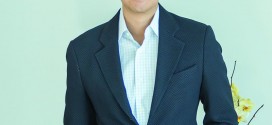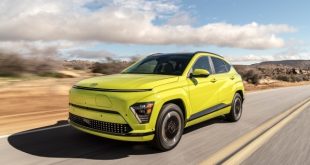Harajuku is a district in Tokyo, Japan. However, nowadays, it represents more than a name, it is a trend, a culture, and a concept. Japan has known for its offbeat trends, and Harajuku can be considered as the center of Fashion in Japan, particularly, the center of the young and innovational cultures.
History
The beginning of the Harajuku culture can be traced back to the post World War II, when the U.S. Army barracks moved into this area and built the Washington Heights. Shops emerged, catering to the U.S. army and their families. Young Japanese who admired and interested in the Western cultures came here to look for the newest and modern western goods and styles. However, the real boost of Harajuku was in 1964, when the Washington Heights were used as the Olympic Village for the Athletes. People rushed in to see the athletes, shops boomed, designers started to locate their shops and studios here and called themselves “the Harajuku Tribe”, Harajuku has been known for providing avant-garde styles and trends since then.
Types of Harajuku Style
It is difficult to precisely define the Harajuku style for they evolve and combine various styles together and have never stopped changing. Here are several popular styles that can be seen in the Harajuku culture:
| Lolita |
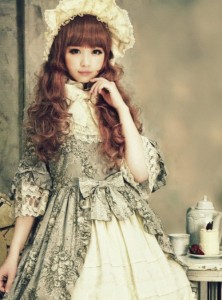 |
It is also known as the Harajuku Kawaii (cuteness) Fashion, girls wearing victoria-ear inspired clothes. However, the concept in Lolita is not about being cute in the male’s perspective, but to encourage girls to stay true and be “kawaii” from girls’ perspectives. Typical items include cupcake-layered skirts, knee high stockings, and corsets. |
| |
|
|
| Punk |
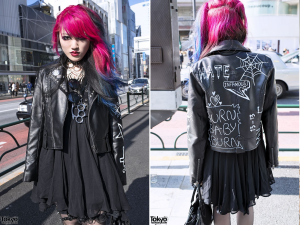 |
Inspired by the Punk-Rock style. The typical outfits and styles include leather, piercing, chains and zippers as accessories. Dark color and plaid can be seen everywhere. |
| |
|
|
| Gyaru |
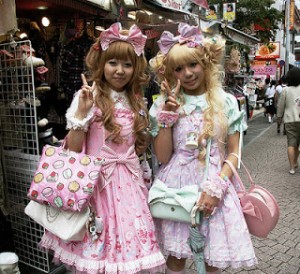 |
Gyaru (directly translated as “gal”) represents an overtly childish and girly image. Usually girls with Gyaru style have hair dyed or bleached with garish and brash makeup. |
| |
|
|
| Ganguro |
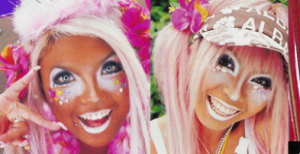 |
Ganguro (directly translated as “black face”), it brings Gyaru to another level of self-expression. Girls with Ganguro style have artificial tan, hair dyed in bright colors like blonde or silver, dramatic black eye line with white eye shadow and false eyelash. |
| |
|
|
| Yamanba/ Manba |
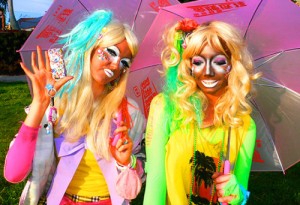 |
Yamanba is the more extreme version of Ganguro. Girls in Yamanba style usually have darker tanned skin than Ganguro girls do with even more radical and exaggerated makeup and hair. The common hair colors in this style are neon colors. |
Influence to The World
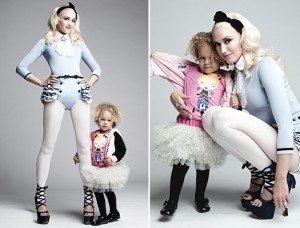 |
Today, the Harajuku culture has reached out beyond the national border. People around the world have periodical gatherings, we see that in the United States, in Europe, and there is even the “Muslim Lolita Gathering” in Malaysia. There is Harajuku Parade in London, Harajuku boutique in San Francisco, and Target even has launched “Harajuku Mini” Children’s Line by Gwen Stephanie. |
 Asian Fortune Your source for all things Asian American
Asian Fortune Your source for all things Asian American







